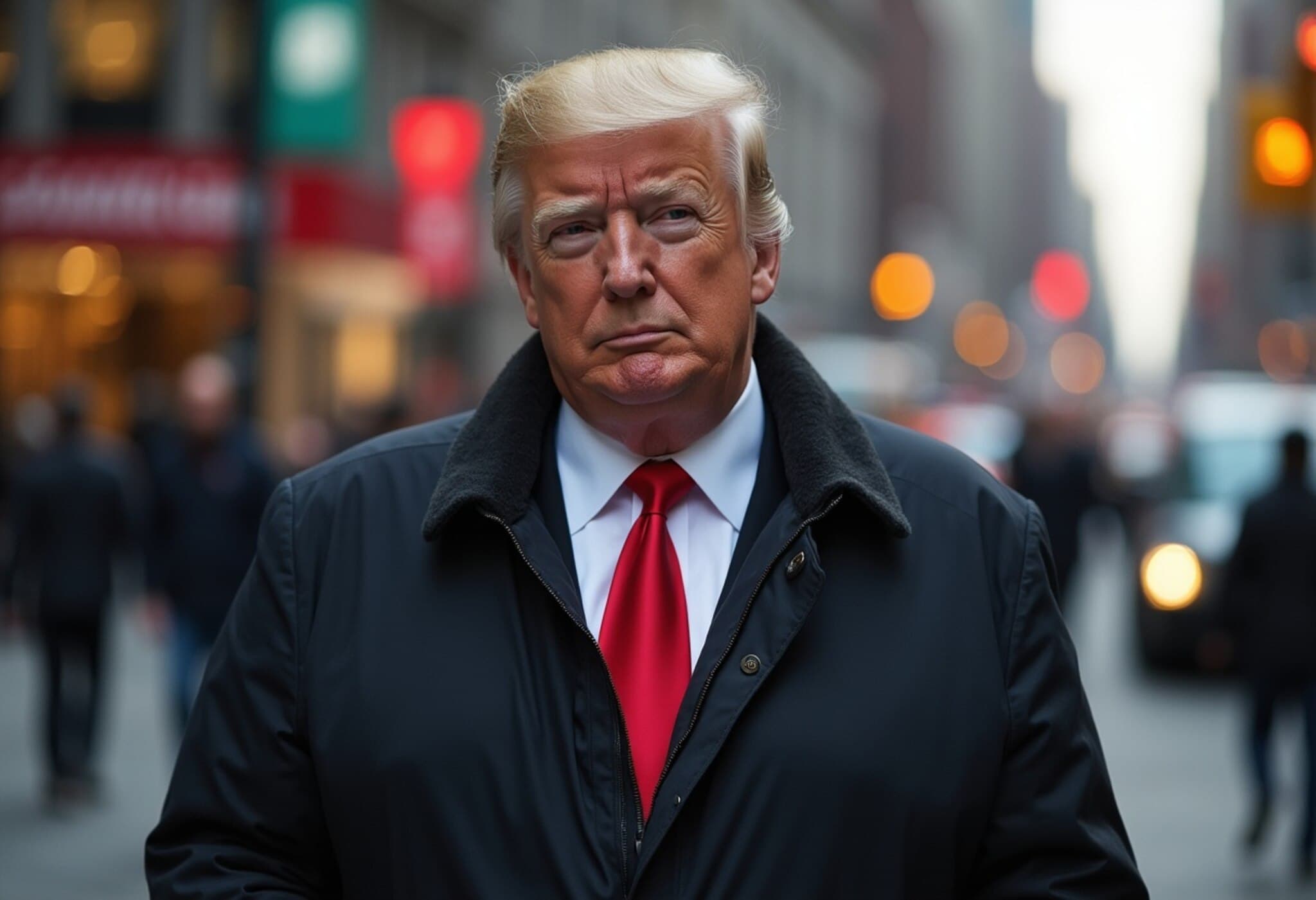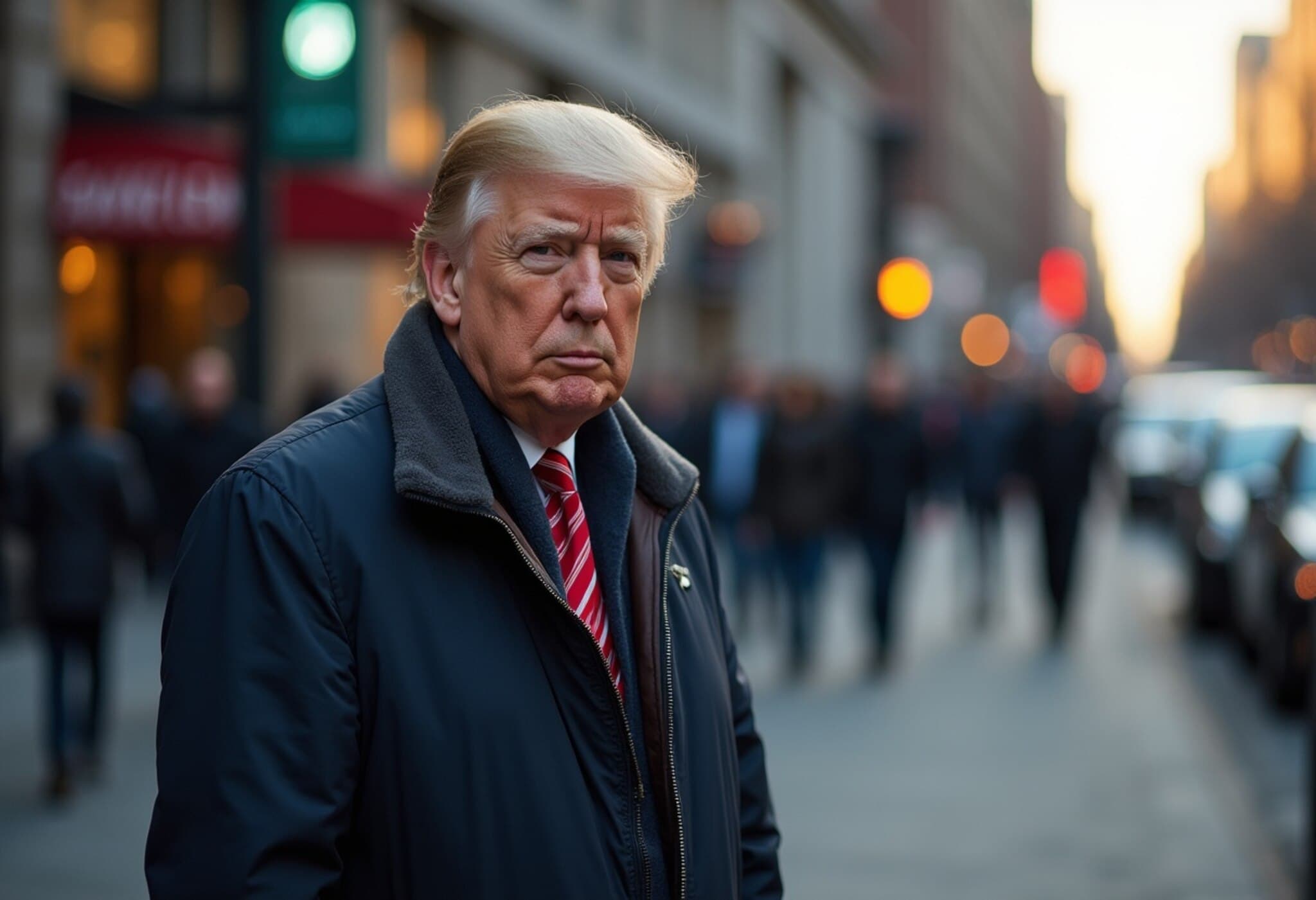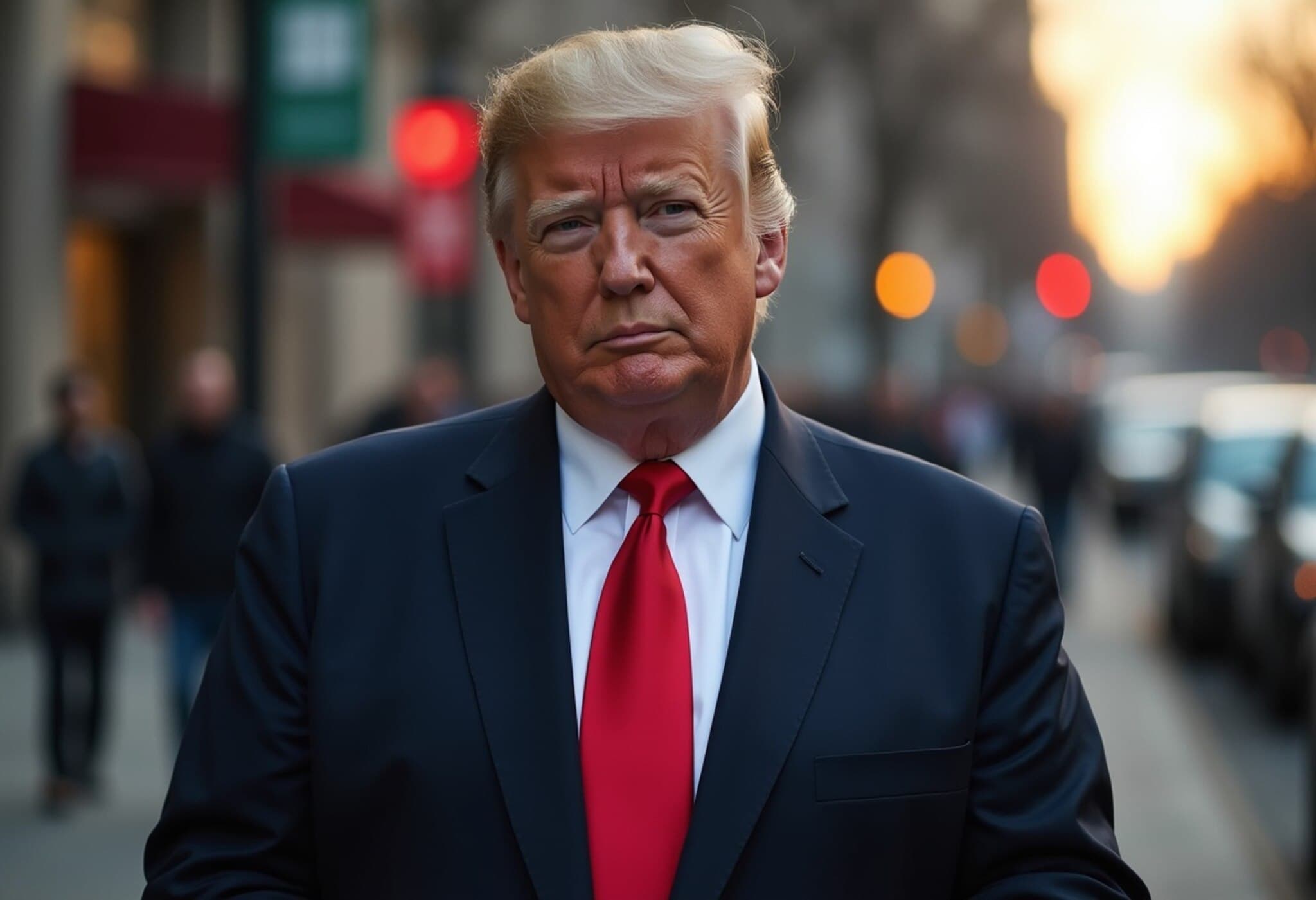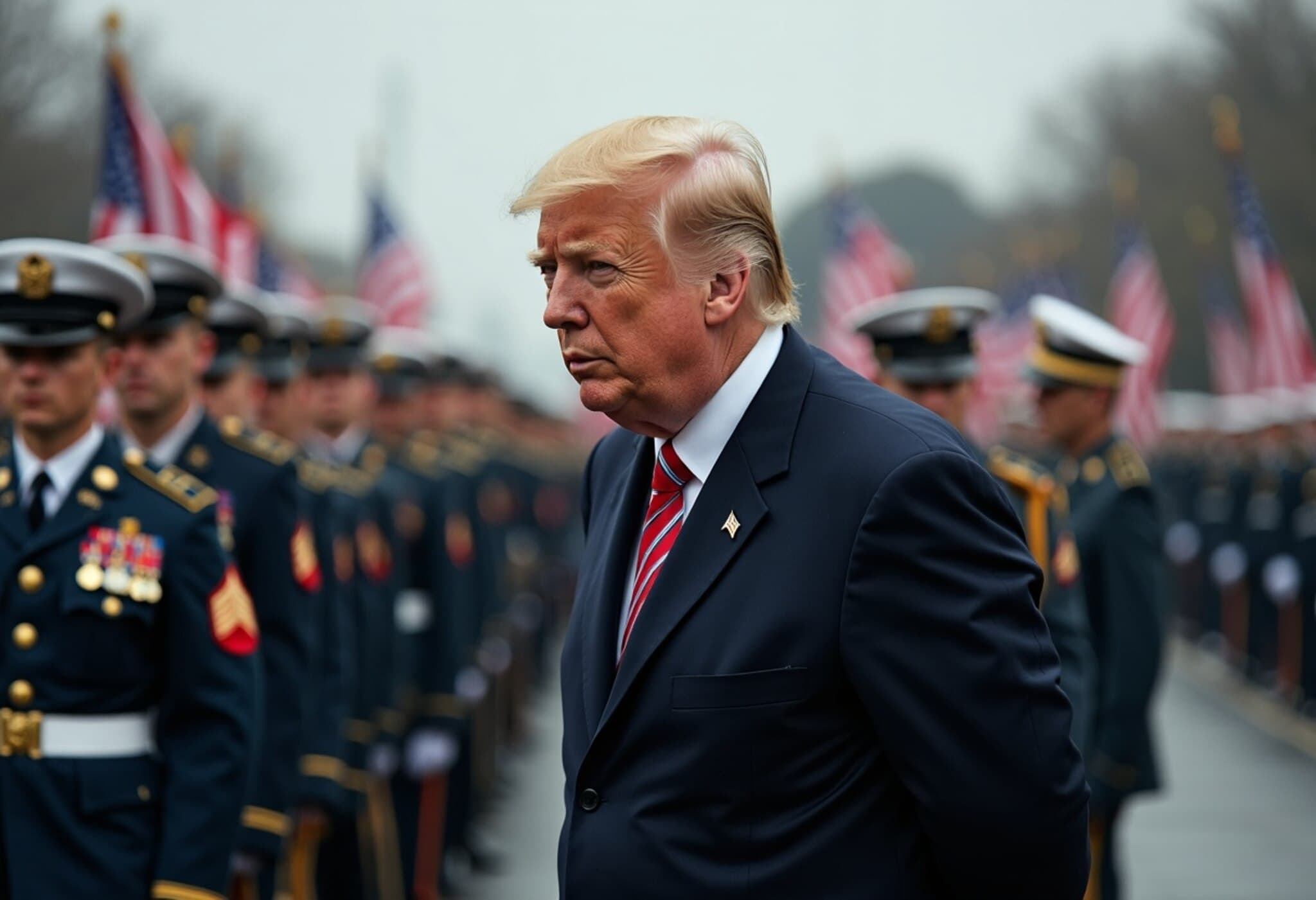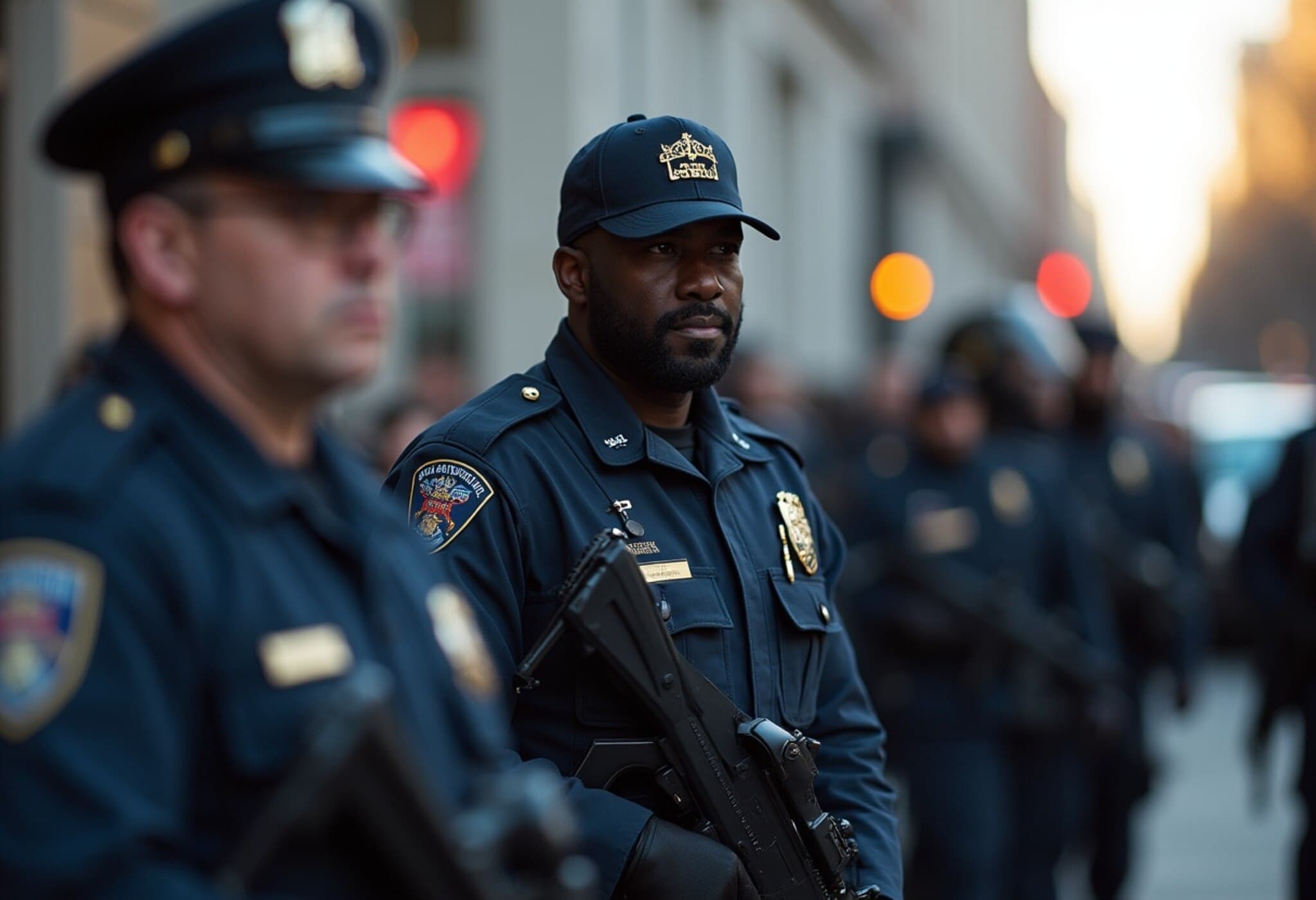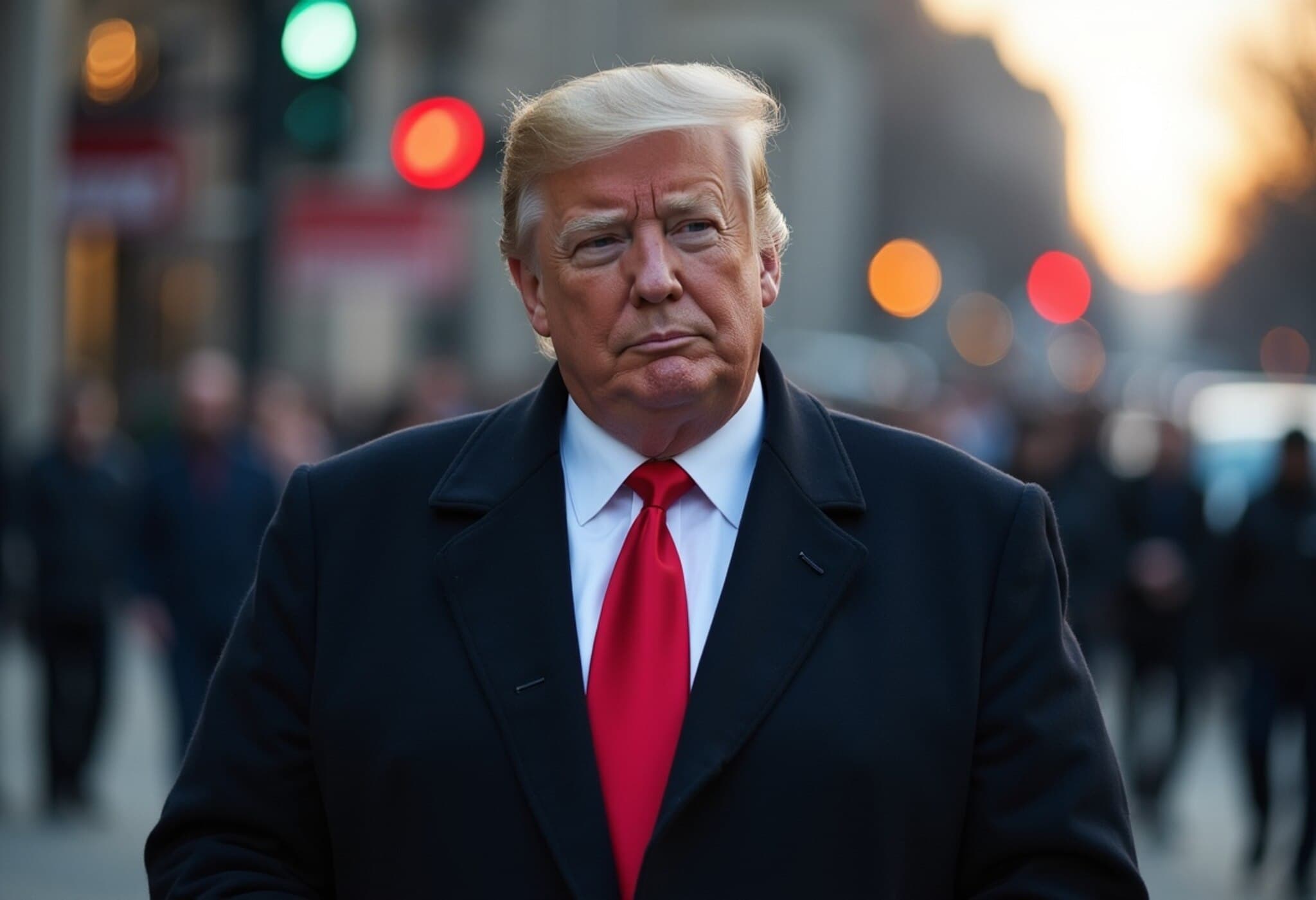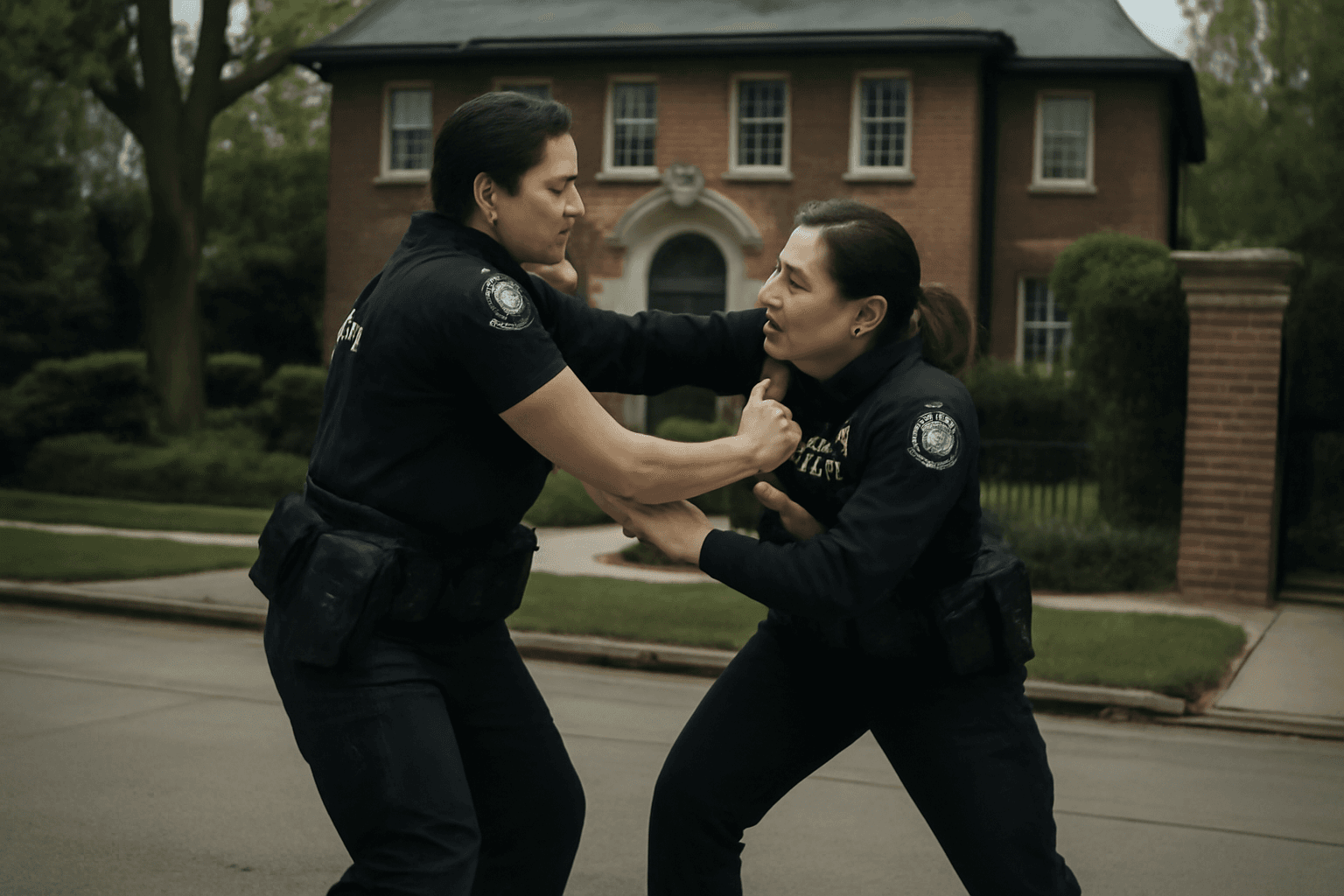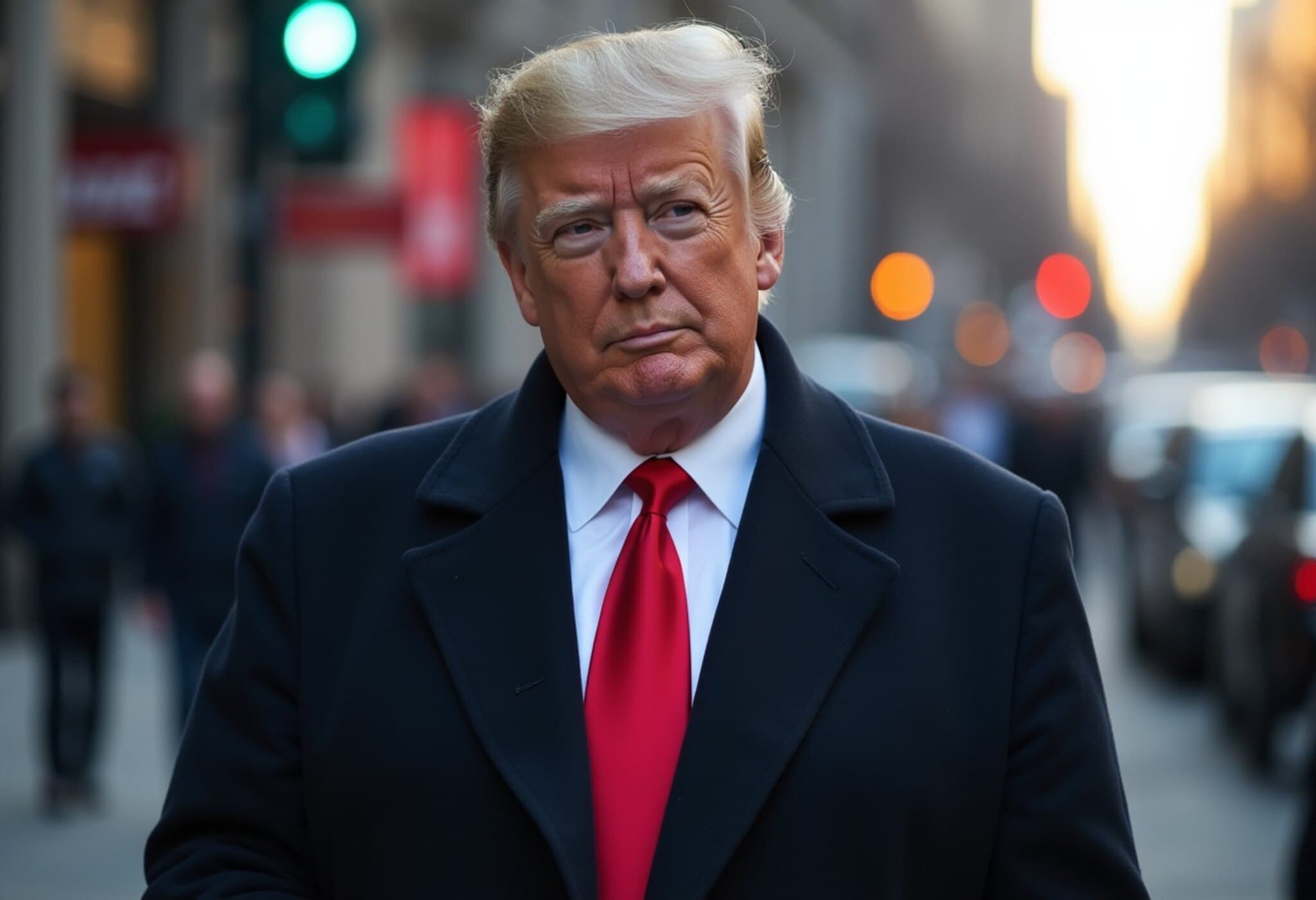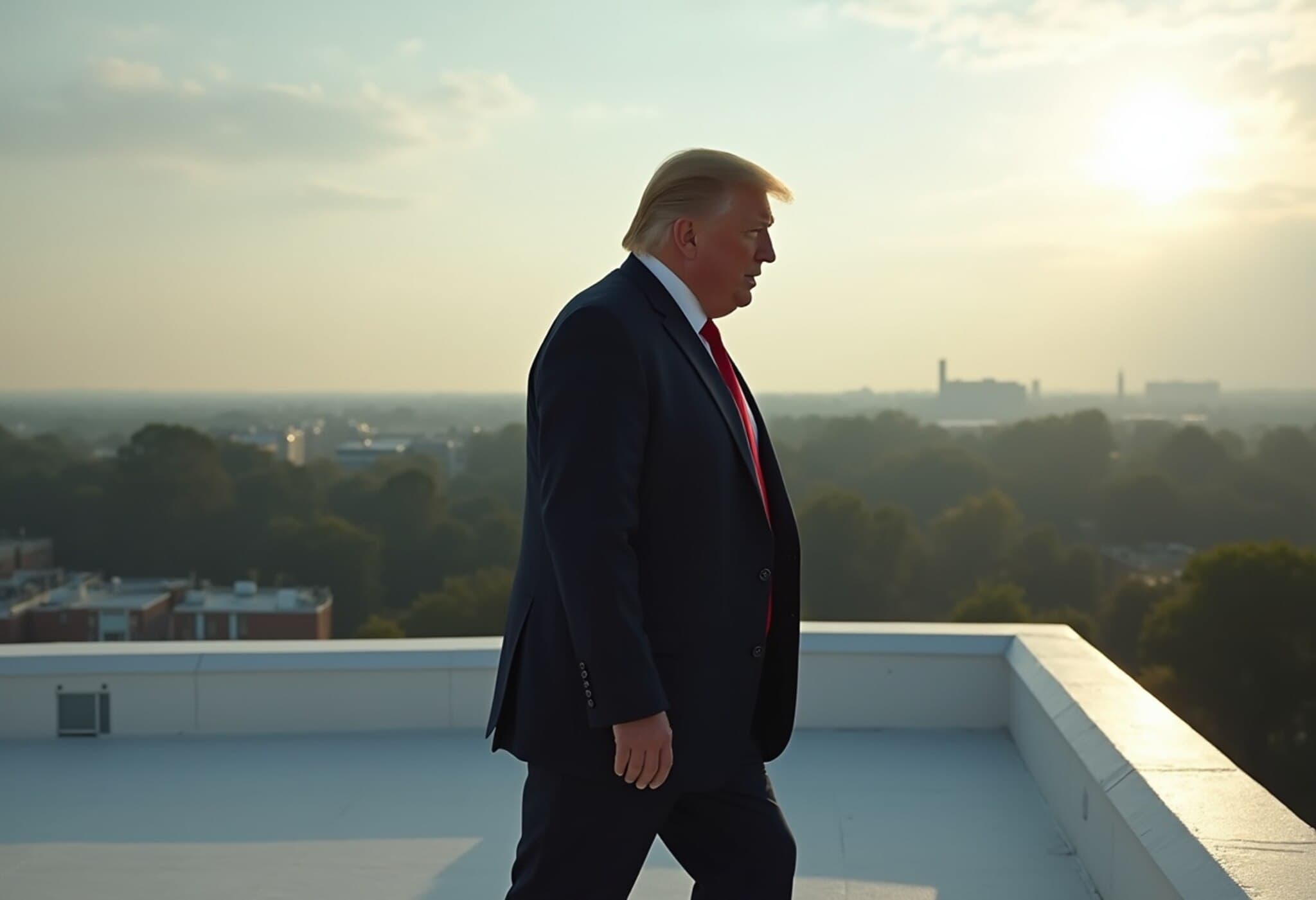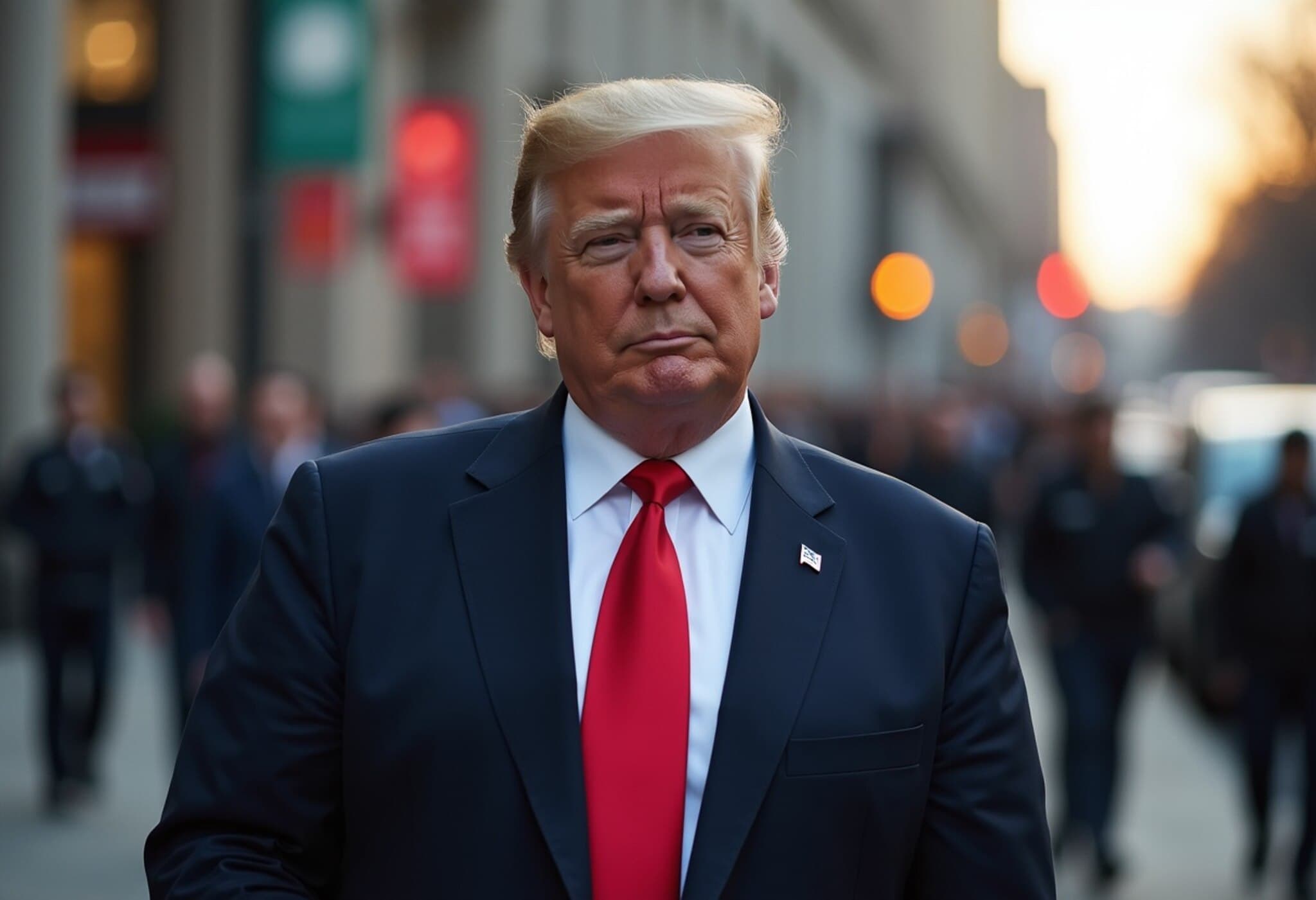Ex-DOGE Employee Assaulted While Defending Woman in DC Carjacking Attempt
In a harrowing early morning incident in Washington, D.C.'s Logan Circle neighborhood, Edward Coristine, a former employee of the Department of Government Efficiency (DOGE) known online as “Big Balls,” was brutally attacked during an attempted carjacking. The incident, which took place around 3 a.m. on Swann Street NW, has not only raised alarms about rising youth violence in the district but also sparked renewed debate over public safety and governance in the nation’s capital.
The Incident: Courage Amid Violence
According to police reports from the Metropolitan Police Department, Coristine and a woman were near their parked vehicle when a group of teenagers confronted them, demanding the car. Demonstrating quick thinking, Coristine pushed the woman inside the car to protect her and then confronted his assailants.
Details reveal that the group, consisting partly of two 15-year-olds from Hyattsville, Maryland—a boy and a girl—responded with violence, attacking Coristine and leaving him severely injured, including a concussion. Fortunately, prompt police arrival caused the attackers to flee, with the two juvenile suspects arrested at the scene on charges of unarmed carjacking.
Elon Musk, former DOGE chief, described the assailants as a "gang" of about a dozen young men, emphasizing the attacker’s bravery in defending the woman, though tragically ending with severe injury to Coristine. Images shared on social platforms, including those posted by former President Donald Trump, show Coristine bloodied and seated on the pavement post-assault, underscoring the brutal nature of the crime.
Broader Context: Rising Youth Crime and Public Safety Challenges
While Washington, D.C., has experienced an overall decline in violent crime in recent years, youth-led offenses—especially carjackings—have surged, causing alarm among residents and officials alike. The city’s juvenile arrest rate reportedly doubles the national average, with over 2,200 youth arrests annually reported from 2016 to 2022.
This case fits a disturbing national pattern where teenagers, some as young as 14, are increasingly implicated in violent crimes. As local communities grapple with these developments, concerns about public safety and effective law enforcement remain at the forefront.
Political Fallout: Calls for Federal Intervention in DC Governance
The attack has also ignited a political firestorm. Former President Trump, vocal about Washington, D.C.'s crime issues, reiterated his call for federal takeover of the city, arguing the local government is failing to address youth violence adequately. On his social platform Truth Social, he declared, “Crime in Washington, D.C., is totally out of control... If D.C. doesn’t get its act together... we will have no choice but to take Federal control of the City.”
Trump’s stance includes advocating for juveniles as young as 14 to be tried as adults, a policy shift that would require significant legal and political maneuvering, including congressional approval to overturn the 1973 Home Rule Act, which grants DC local self-governance.
District officials have responded with a mix of condemnation and calls for pragmatic action. District Attorney Brian Schwalb described the assault as “horrific and disturbing” and confirmed intentions to prosecute juveniles when evidence supports it. Meanwhile, U.S. Attorney Jeanine Pirro struck a chord echoing frustrations over juvenile crime, emphasizing the need for a serious approach “irrespective of the age of the criminal.”
Community Impact and Law Enforcement Response
This unsettling episode shines a light on the broader community anxiety regarding safety amid increasing youth violence. Residents express frustration over what they view as insufficient deterrence efforts and a sense of vulnerability in their neighborhoods.
The police department has taken active steps, enlisting the DC Carjacking Task Force and FBI Washington Field Office to investigate. They have issued calls for public cooperation, including a reward of up to $10,000 for tips leading to further arrests related to the case.
Expert Analysis: Navigating Complex Urban Crime Dynamics
Experts suggest that incidents like Coristine’s attack reveal the multifaceted challenges of urban crime, notably the intersection of juvenile delinquency, socioeconomic factors, and law enforcement limitations.
Legal scholars caution that harsh sentencing policies such as trying minors as adults may have mixed long-term effects, emphasizing the need for comprehensive youth engagement and intervention programs alongside law enforcement.
Meanwhile, policymakers must carefully balance calls for increased federal oversight with respect for DC’s autonomy and local governance, ensuring sustainable solutions rather than purely punitive measures.
Editor's Note
This troubling assault on Edward Coristine underscores a broader urban challenge: how to effectively safeguard communities while addressing the root causes of rising youth violence. As debates over governance, juvenile justice, and public safety policies unfold, the question remains—what balanced, forward-looking strategies can restore both security and trust in Washington, D.C.? Citizens, officials, and experts alike must engage collaboratively to navigate this complex crossroad.

